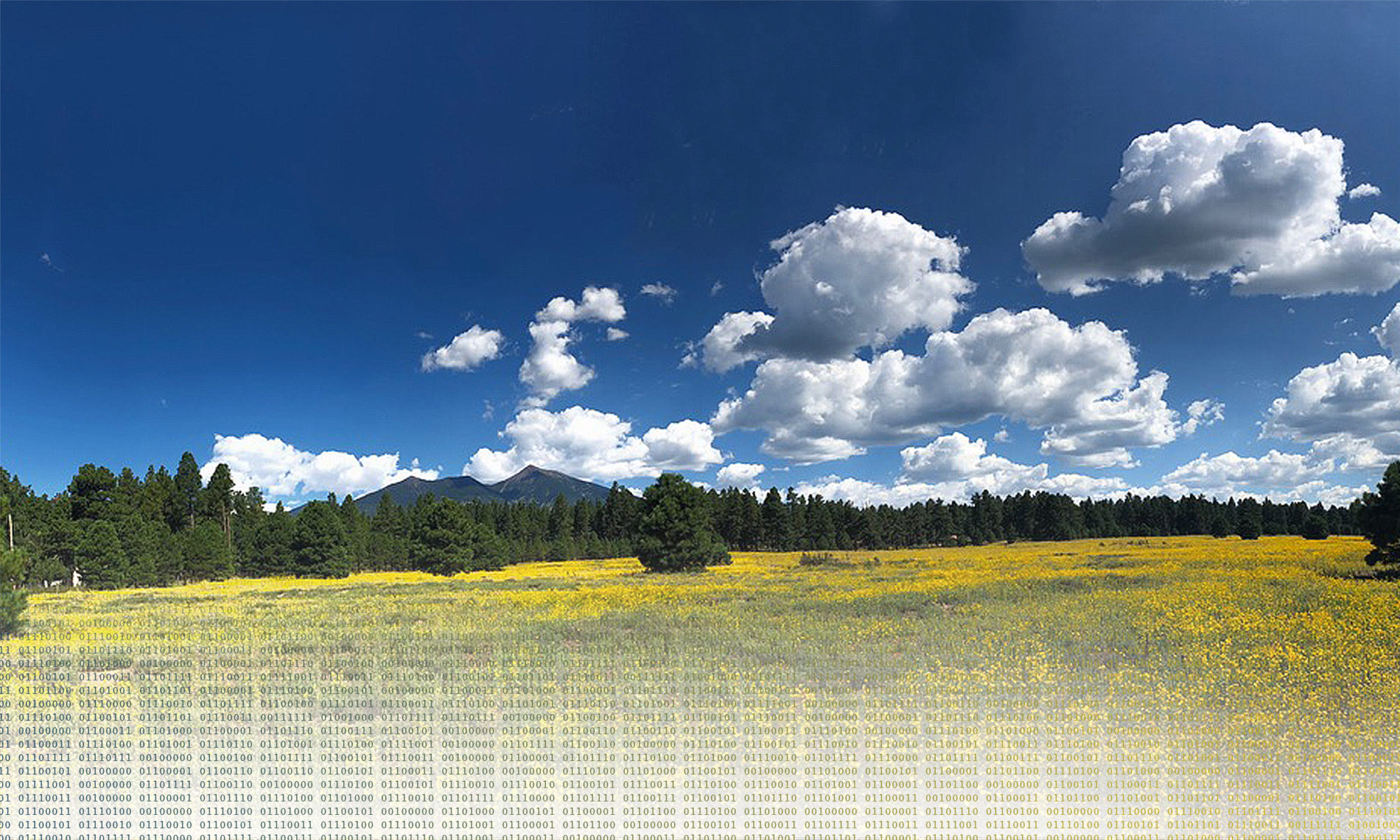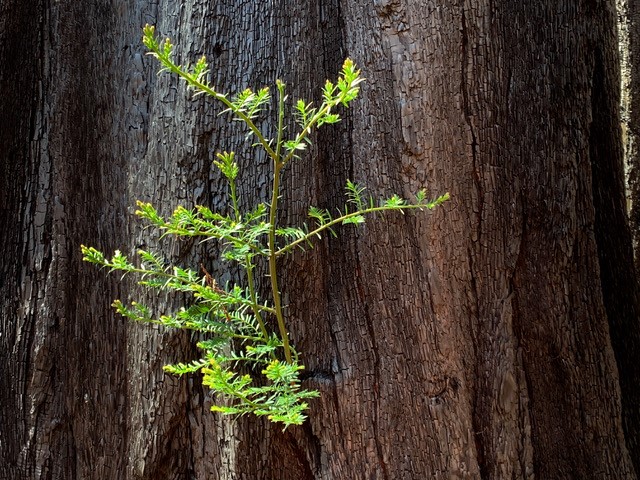Coast redwood trees are among the largest living organisms on Earth. For generations, this iconic species has been treasured by the public and served as a flagship for conservation. Intriguingly, redwoods can live for thousands of years in ecosystems that are prone to fire. The redwood’s ability to resprout, or activate dormant buds beneath the bark and grow new stems, branches, and leaves, is an adaptation that enhances survival following fire. Just as humans store fat as an energy reserve, trees store sugars and starch as reserves that provide the carbon and energy needed for resprouting. In a new project funded by NSF, Professors Andrew Richardson (SICCS and Ecoss), George Koch (Ecoss), and Mariah Carbone (Ecoss) are using carbon dating methods—and NAU’s new MICADAS Accelerator Mass Spectrometer— to estimate how long these carbohydrates have been held in reserve. In other species, decade-old reserves have been identified in 100-y old trees—in ancient redwoods the reserves could be much older.
This past spring, Richardson, Koch, and postdoc Drew Peltier conduced field work in Big Basin Redwoods State Park, near Santa Cruz, CA, where trees are up to 2500 y old and 100 m (330 ft) tall. On August 19, 2020, the CZU Lightning Complex Fire burned through the Park, presenting a unique opportunity to look at resprouting in very large, old trees. In addition to collecting tissue samples from resprouting redwoods, Koch and Richardson installed PhenoCam at the top of a fire-scarred, 250’ high tree. Because Big Basin is out of cell range, they are using satellite communications to send images back to the PhenoCam server. This video, produced by Save the Redwoods League, provides more information about their project. https://www.savetheredwoods.org/blog/tracking-forest-recovery-at-big-basin-redwoods-state-park/


